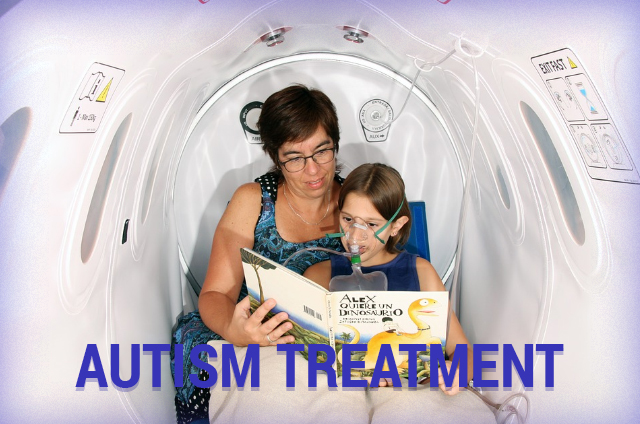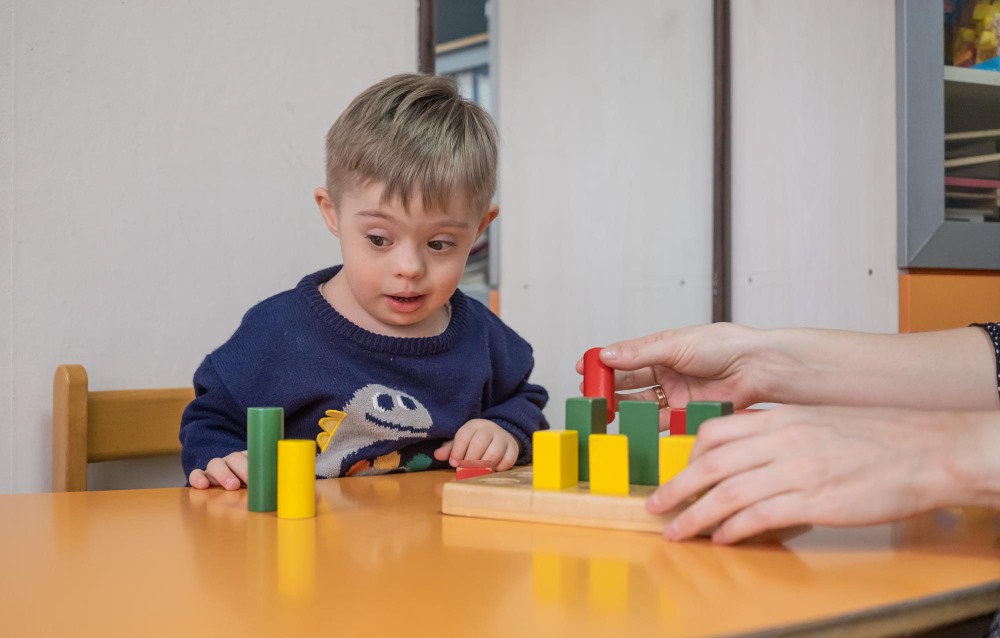In order to treat autism, one must be fully aware of the various autism symptoms and problems.
Sensory problems. Many children with autism are highly attuned or even painfully sensitive to certain sounds, textures, tastes, and smells. Some children find the feel of clothes touching their skin almost unbearable. Some sound vacuum cleaner, a ringing telephone, a sudden storm, even the sound of waves lapping the shoreline will cause these children to cover their ears and scream.
In ASD, the brain seems unable to balance the senses appropriately. Some ASD children are oblivious to extreme cold or pain. An ASD (Autism Spectrum Disorders) child may fall and break an arm, yet never cry. Another may bash his head against a wall and not wince, but a light touch may make the child scream with alarm.
Mental retardation. Many children with ASD have some degree of mental impairment. When tested, some areas of ability may be normal, while others may be especially weak. For example, a child with ASD (Autism Spectrum Disorders) may do well on the parts of the test that measure visual skills but earn low scores on the language subtests.
Seizures. One in four children with ASD develops seizures, an autism symptom, often starting either in early childhood or adolescence. Seizures, caused by abnormal electrical activity in the brain, can produce a temporary loss of consciousness (a “blackout”), a body convulsion, unusual movements, or staring spells. Sometimes a contributing factor is a lack of sleep or a high fever. An EEG (electroencephalogram recording of the electric currents developed in the brain by means of electrodes applied to the scalp) can help confirm the seizure’s presence.
In most cases, seizures can be controlled by a number of medicines called “anticonvulsants” The dosage of the medication is adjusted carefully so that the least possible amount of medication will be used to be effective.
Source To Treat Autism Spectrum Disorders; www.nimh.nih.gov, Health Publication



